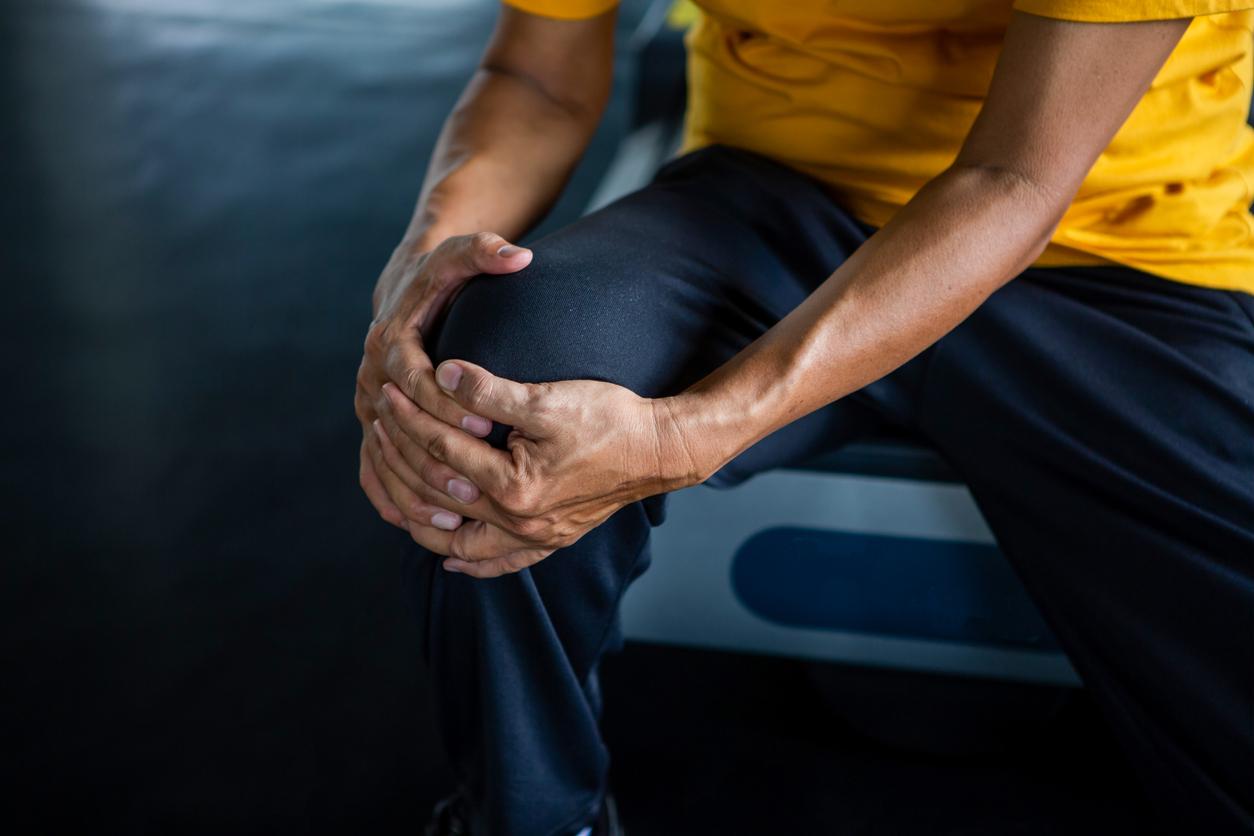L’osteoarthritis is a disease characterized by the progressive destruction of cartilage, the connective tissue located at the joints between the bones. With age, the risk increases but it is not the only factor. The intensive sports practice makes it worse, just like obesity. When the cartilage has completely disappeared (surgeons speak of stage 4 or terminal), the fitting of a knee, hip or shoulder prosthesis, depending on the joint affected, is then considered.
For the knee, the prosthesis can be partial (only one of the three compartments of the knee is replaced) or total. But in Marseille, the surgeon Michel Assor, orthopedist at the Institute of the knee and articular pathologies Arthrosport, poses from now on any more partial prosthesis. “As for total prostheses, I have reduced their number by about 40%,” he says. His secret? The injection of mesenchymal stem cells taken from the patient’s own bone marrow, at the level of the iliac crest, in other words the pelvis.
The patient is implanted with their own stem cells
“Injected and grafted into the joint under arthroscopy, the own patient stem cells recognize for themselves what is missing and what needs to be filled. They transform into cartilage cells or bone cells as needed,” explains Michel Assor.
Nevertheless, adds the surgeon, “the treatment is not limited to the simple injection of stem cells because alone, they are unable to develop, they must be helped”. Beforehand, the surgeon must first ensure that the knee is straight and stable. If he is arched, he will perform an osteotomy. If he’s unstable, he’ll rebuild the cruciate ligament. Then, a few days later, a second operation takes place.
The surgeon will first collect stem cells. These are purified in a centrifuge and then mixed with growth factors. “These are proteins and platelets that will have the effect of waking up these stem cells that had been dormant until then”, specifies Michel Assor.
During this time, the surgeon prepares the knee. He makes micro-perforations in the joint, every two millimetres. In these small wells thus created, he will deposit the stem cell solution trapped in gelatin. In total, the intervention lasts approximately 1 hour 30 minutes. As with the fitting of a prosthesis, it will subsequently require several months of rehabilitation.
Little by little, the cartilage will be reconstituted
“The cartilage will cover the joint in 4 months, then will thicken from the 12th to the 18th month”, indicates the surgeon. But like any new surgical procedure or like any new drug, the technique needs to be validated by several series of clinical trials. These are divided into three phases.
“We started the trials in 2010 and have just completed phase II with a total of around 160 patients treated and a success rate of over 95%. For phase III, we hope to reach 500 patients. To do this, we will probably join forces with other centers in France”, explains Michel Assor. As for the cost of the intervention, it is roughly equivalent to that of fitting a prosthesis and benefits from the same coverage by Social Security and mutual insurance companies.
Read also : Osteoarthritis: what relieves pain
Osteoarthritis: what are the possible treatments?
Osteoarthritis: the benefits of a glass of milk a day

















